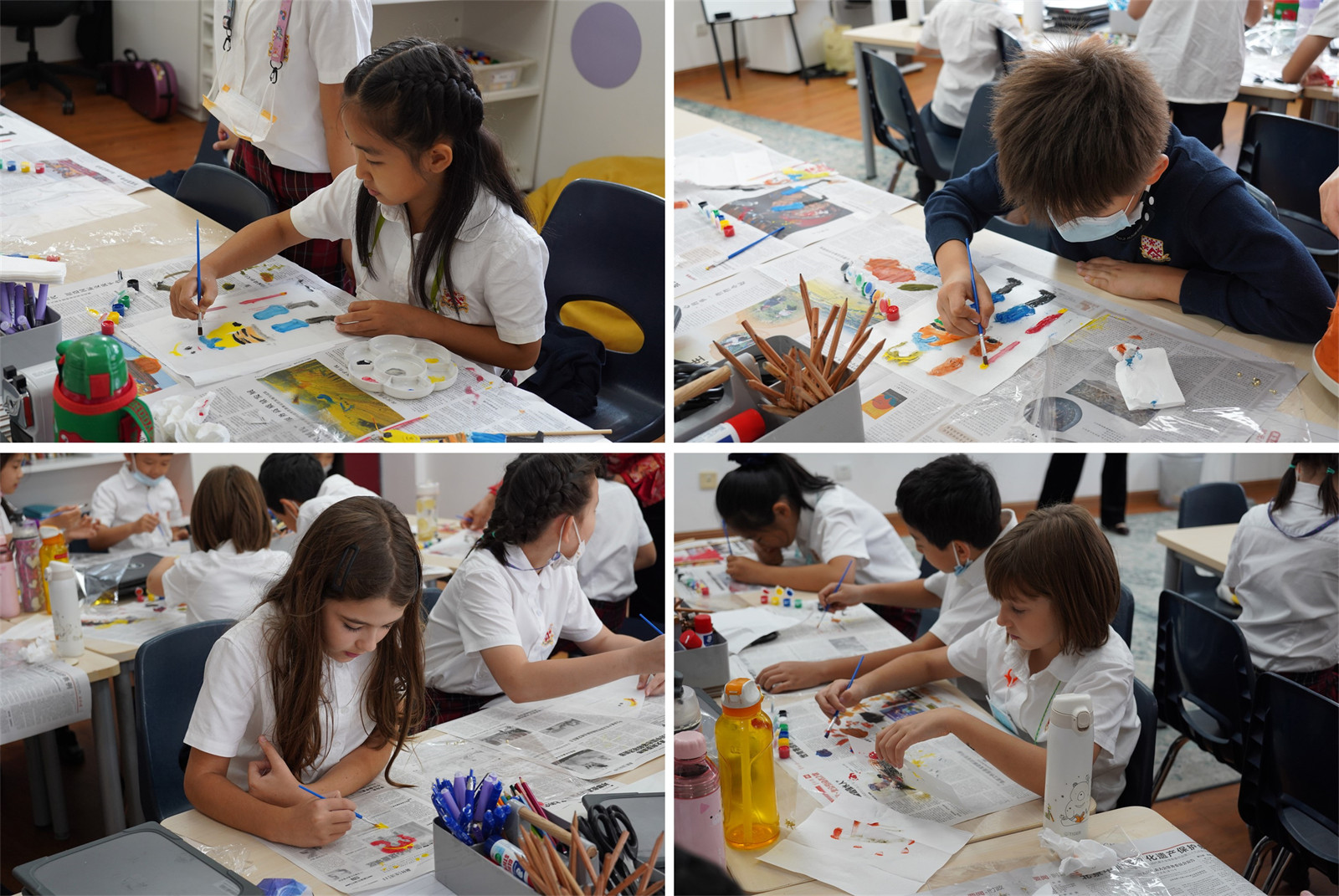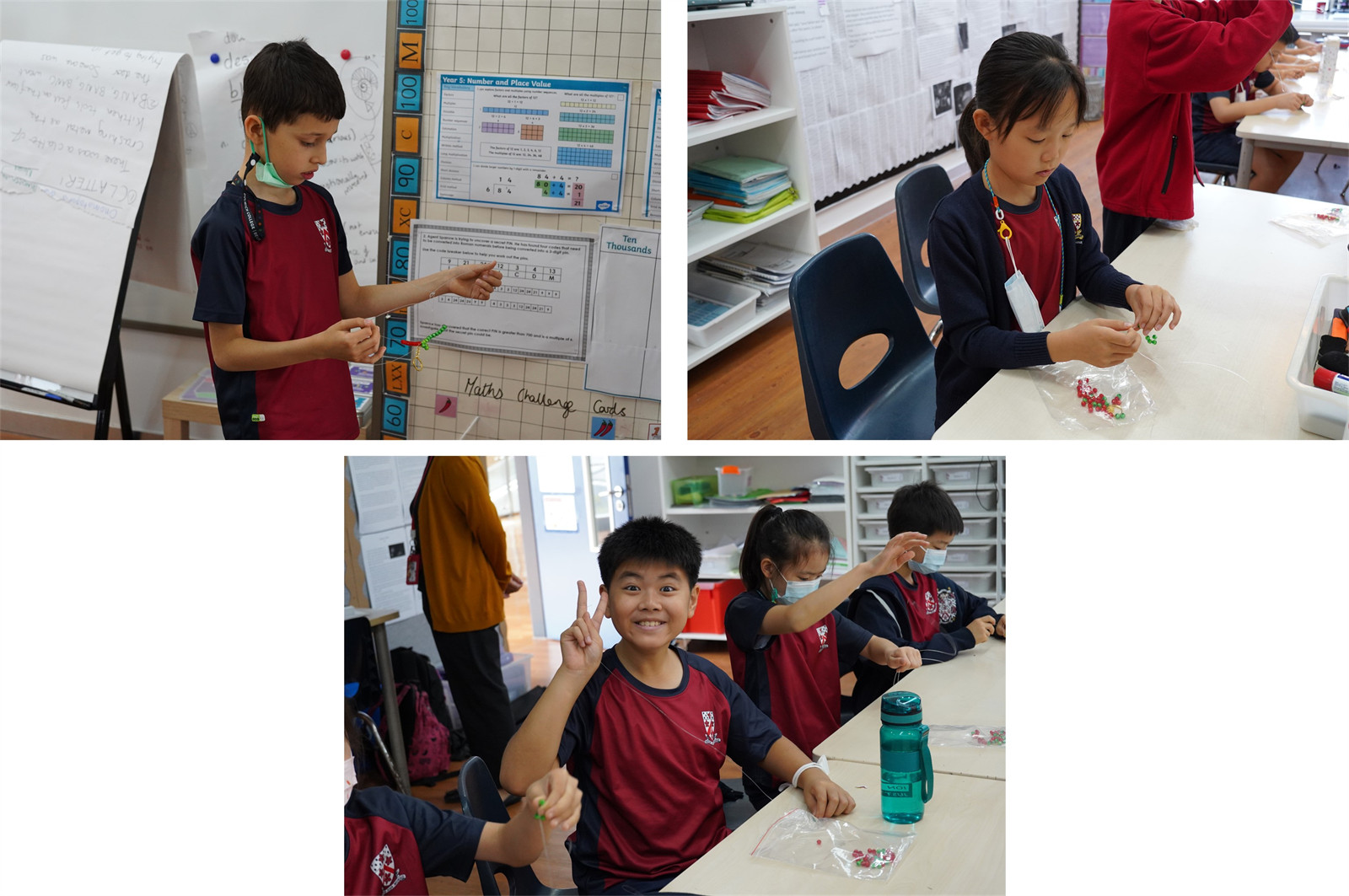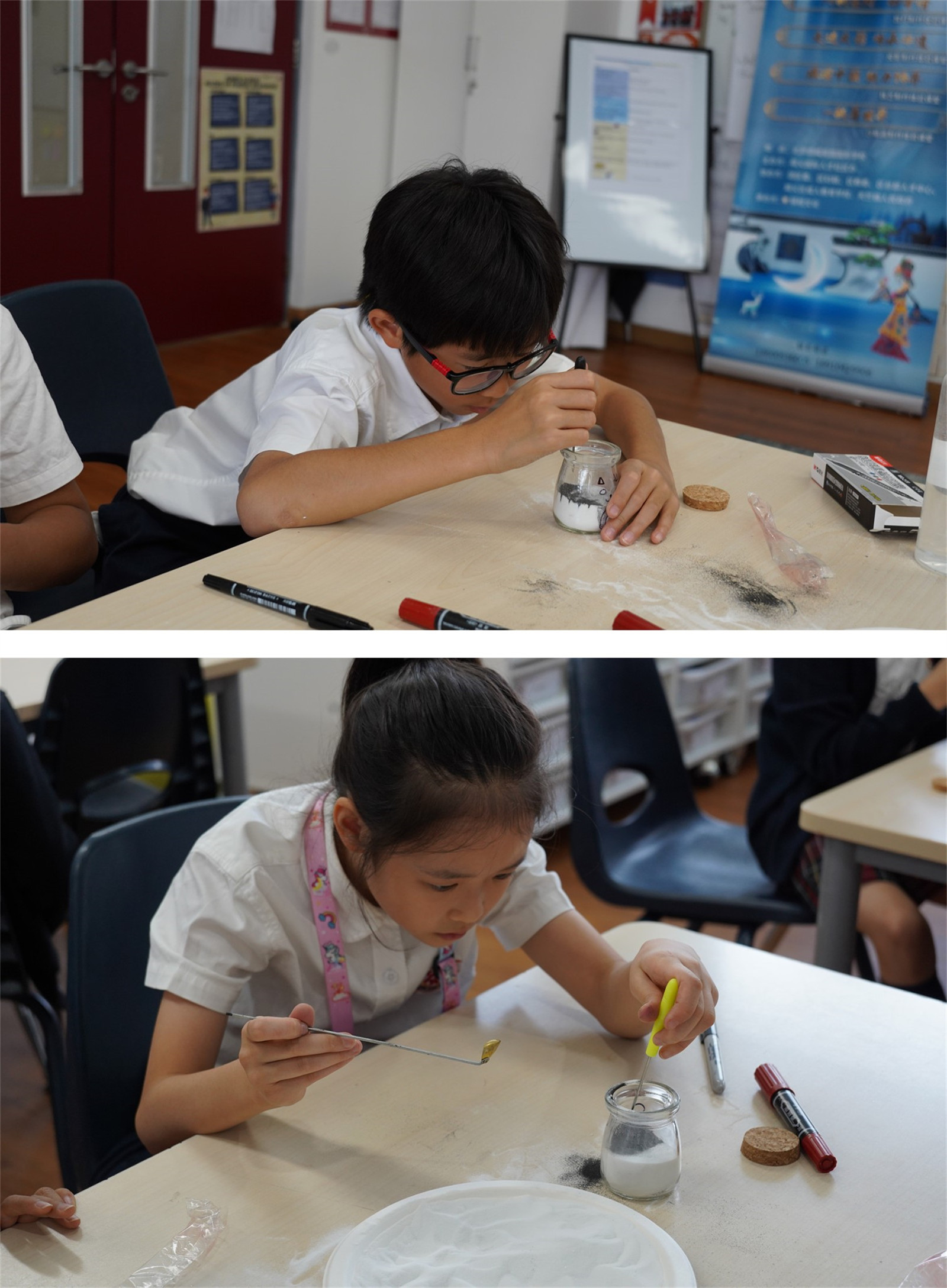Arts education through traditional Chinese culture
At Dulwich College Beijing (DCB), respecting and learning the culture of the local community is an integral part of our mission to Live Worldwise. DCB students explore different cultures, backgrounds and perspectives – including both local and overseas cultures, thereby helping prepare them for a diverse world that is constantly changing.
Recently, DCB Junior School students participated in a series of traditional Chinese cultural sessions hosted by Shunyi District on the DCB campus, with the theme of Learn Chinese Traditional Culture. These sessions encourage students to closely experience the charm of traditional Chinese culture from an aesthetic perspective. It is also an opportunity for students to foster their sense of cultural identity.
"In our Chinese learning, we value students' understanding and experience of Chinese culture greatly,” said Ms Lu, Head of DCB Junior School Chinese.
"Experiencing traditional culture helps students understand the sophisticated nature of the language. It also inspires students to explore the profound humanistic spirit of traditional culture. As a meaningful complement to in-classroom learning, these traditional culture sessions in school encourage students to interact with the local community, providing a way to demonstrate their Chinese learning achievements. Ultimately, we hope to enhance students' interests in Chinese culture and language."

"One man speaks the history of ages, two hands dance like millions of soldiers,” said the Chinese shadow puppetry lecturer, when creatively introducing shadow puppet culture. “Chinese shadow puppetry is a well-recognised cultural heritage folk art. It has a long history of origin and development, and can even be traced back to the folk market stalls in ancient times..."
More than 30 students from DCB participated in the shadow puppet crafting experience. The experience allowed students to meet with ancient folk art and produce a beautiful handmade shadow puppet. After watching the shadow puppet show, the teacher introduced the tools and process of making shadow puppets. The students selected the character props they wanted to make and started their production immediately.
"Not long ago, my parents and I went to the shadow puppet theatre to watch a shadow puppet show,” reflected a student. “I thought it was amazing. The two seemingly simple sticks can make the characters perform various actions. With commentary, a memorising performance was born,” said the student, excitedly. “I like today's event very much. I got to make a shadow puppet character myself. The folk art is exquisite."

"Bonsai is one of China's traditional art treasures,” said the bonsai instructor. “It is a combination of natural beauty and artistic beauty. It is a living artwork, a three-dimensional painting, and a silent poem," the lecturer described, vividly. "Although bonsai is small, it can project tremendous meaning. With your patience in the artistic creation, you can make a beautiful scenery of nature in a small pot." Natural bonsai plants are born in nature and nurtured with sunlight and earth. Under the instructor's guidance, the students selected suitable green plants and matching materials. Creating Chinese bonsai allows students to form an understanding of life on both the micro and macro levels.
"I like the meaning of plants taught by the teacher very much,” said Alex X, a Year 5 student at DCB. “Asparagus ferns represent integrity and friendship in China. It is a good gift for friends. Fittonias represent reason and wisdom. Calamus symbolises virtue. Chinese bonsai is an art that can help expatriate teachers and students to understand Chinese culture better."

"From jade to crystal, coral to glass, beads of different materials show completely different beauty and splendour,” said the bead art teacher. Bead art represents a craftsmen's profound artistic and cultural connotation accomplishment." The session started with the lecturer sharing the basics of bead art making.
Big and small beads fell on the jade plate, and beads of different colours and materials flourished in the fingertips of the students. "I used to buy all kinds of beaded jewellery,” said a DCB student. “I thought the craftsmanship must be very complicated. I never thought I would have the opportunity to make such a beautiful decoration. More importantly, I experienced the unique charm of traditional Chinese craft."

Exquisite sand bottle painting requires unique artistic insight and patience. Under the guidance of the teachers, the students carefully poured colourful sand into the bottle. They matched the colours and proportions to showcase their ideas, presenting simple and traditional cultural elements. Students were greatly surprised by the simple graphics' unique concepts and clever compilations.
"Sand bottle painting utilises the versatility of sand,” said the sand bottle painting instructor.
"We use special tools to pour colourful sand into glass bottles of various shapes. Without any adhesives, the colourful wonders slowly piled up. This art form is similar to the art of Chinese painting. The world in a bottle shows the students' aesthetic knowledge and unleashes each student's artistic talent."

Among all the different types of Chinese lanterns, palace lanterns are distinctive traditional handicrafts. They can be traced back to the Han Dynasty.
When learning to make palace lanterns, the students used wood sticks to build the skeleton, then inlaid it with silk and other materials, and finally painted various patterns outside. Everyone was full of imagination and gave full effort to their creations. The palace lantern artworks gradually appeared, and everyone was deeply impressed by the beauty and sophistication of palace lanterns. "I like this activity very much. It is very interesting,” Year 5 student Henry C said, excitedly. “During the activity, the students helped each other. Expatriate students can learn Chinese traditional culture. I made this palace lantern with strong traditional cultural features today. I will hang it up at home,” he said, holding up his palace lantern.
"Everyone had a great time,” said DCB Year 5 student Elizabeth V, excitedly sharing about her feelings about the activity. “In a pleasant experience, teachers and students new to China get to feel the traditional Chinese culture, which helps them understand China."








